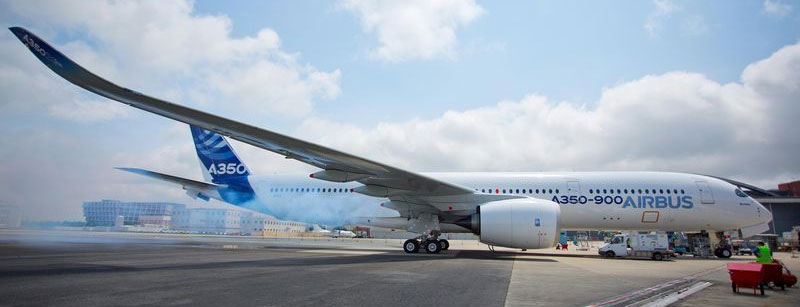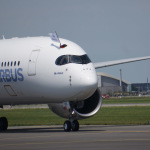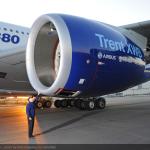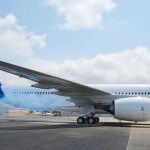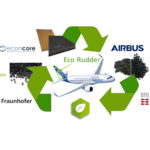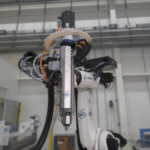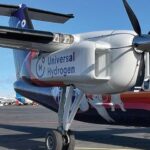When it comes to fuel efficiency, Rolls-Royce has proven a solid and trustworthy partner of Airbus.
First, the enginemaker designed the Trent 900 for the super-jumbo A380 and now the Trent XWB for the new composite A350-900. New evolutions are yet to come with the Trent XWB-97 for the stretched A350-1000 and the Trent Ten 7000 for the A330neo. This latest version should double the bypass ratio, halve the noise and offer 10 percent better SFC (specific fuel consumption). Testing should start at the end of 2015 for entry into service in 2017. Despite the focus on efficiency, Caroline Day, head of marketing and strategy at Rolls-Royce, insists that safety issues are at the center of research and growth for the engine manufacturer.
But Rolls-Royce is now targeting new evolution to increase efficiency and reach the ACARE (Advisory Council for Aviation Research and innovation in Europe) goals. In 2050, according to ACARE, the CO2 emission should be reduced by 75 percent, and Rolls-Royce wants to contribute 30 percent on each aircraft to this objective. Similar reductions are anticipated for NOx emissions. Rolls-Royce’s ambition on noise reduction appears equally ambitious, expecting a 65 percent reduction in the next 35 years.
To achieve this, Rolls-Royce is focusing on research and design. The UltraFan (Geared big fan) could be ready to fly around 2025, offering 25 percent more efficiency compared to the latest Trent XWB. Increasing the bypass ratio by 15, with bigger blades and smaller core should help reduce both noise ad CO2 emissions.
New materials and manufacturing will be involved in the future development. Additive layer manufacturing, know as 3-D printing, will possibly be used for these engines. Rolls-Royce is also working on CastBond, a technology combining cooling and manufacturing. The blades will be composed of a new mix called Cti (composite and titanium) and other advanced materials such as ceramic mix composites, aluminum titanium nitride (AlTiN) and nickel alloys. The UltraFan is forecast to fly before 2030, in less than 15 years.


